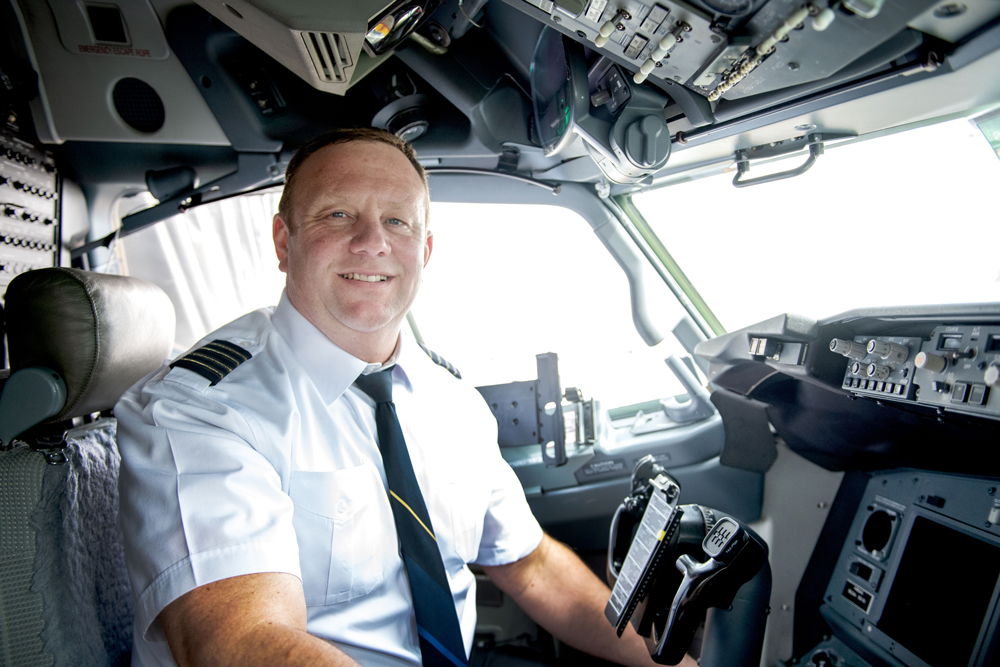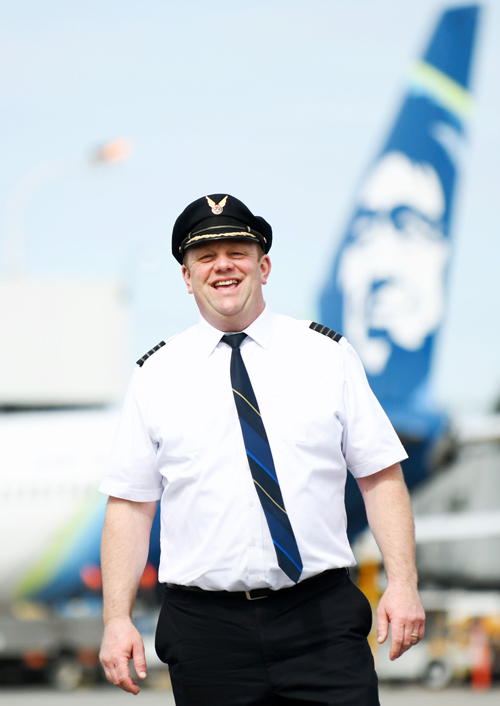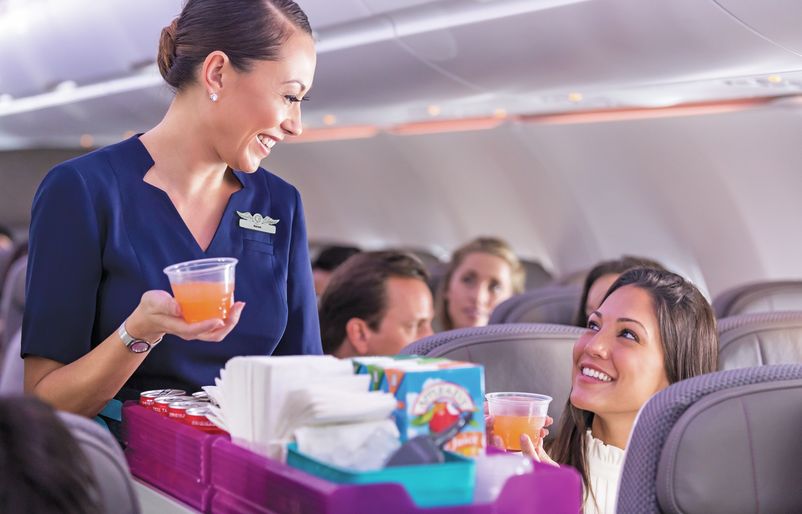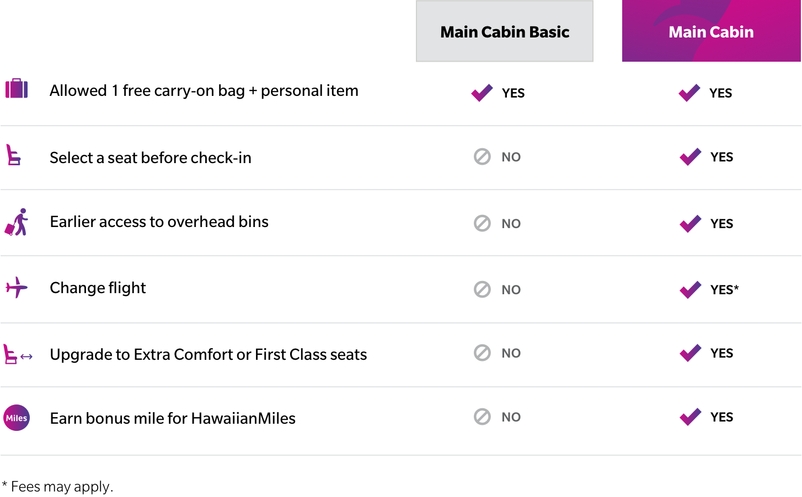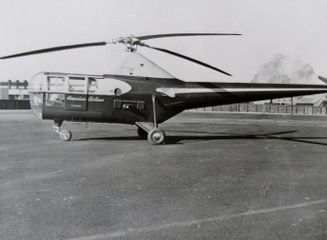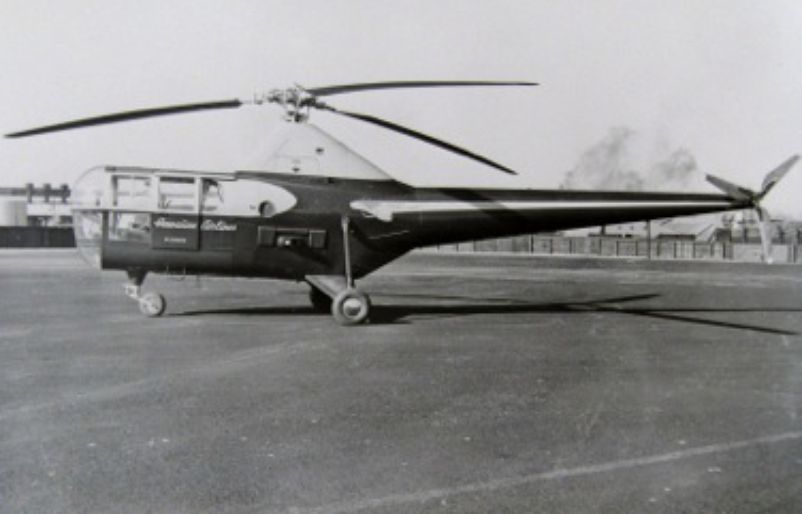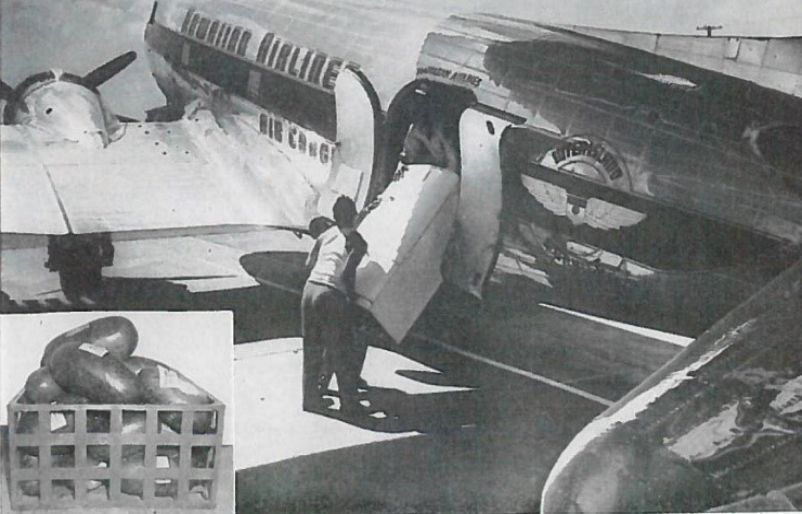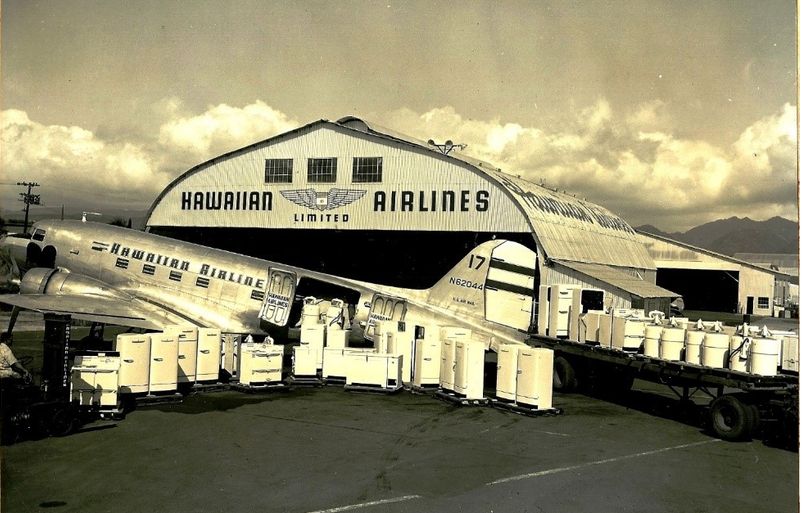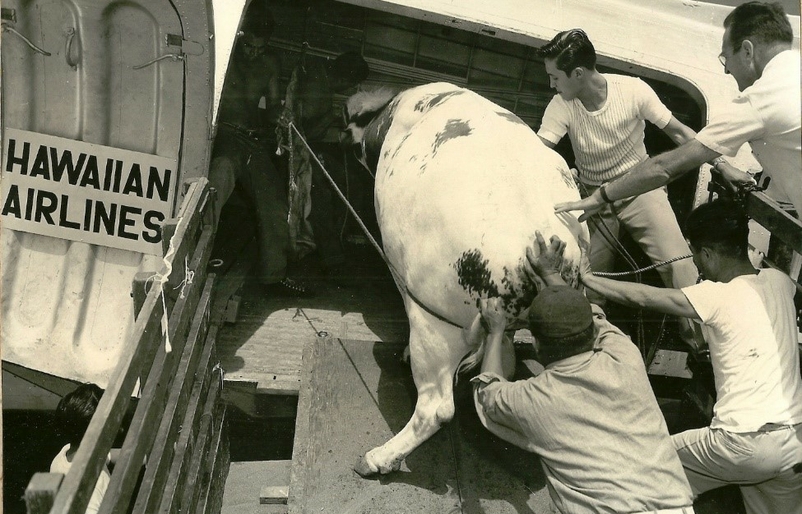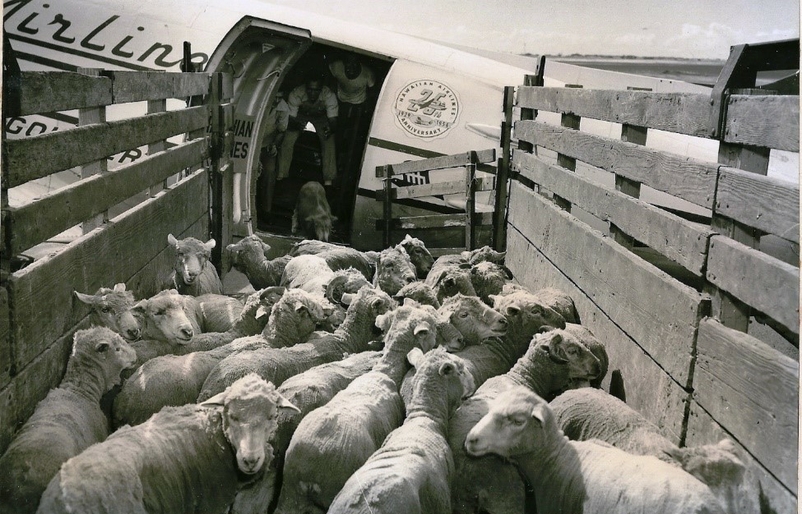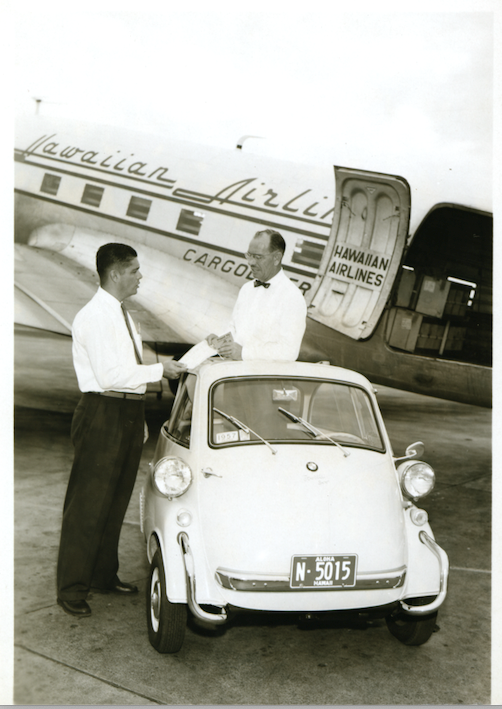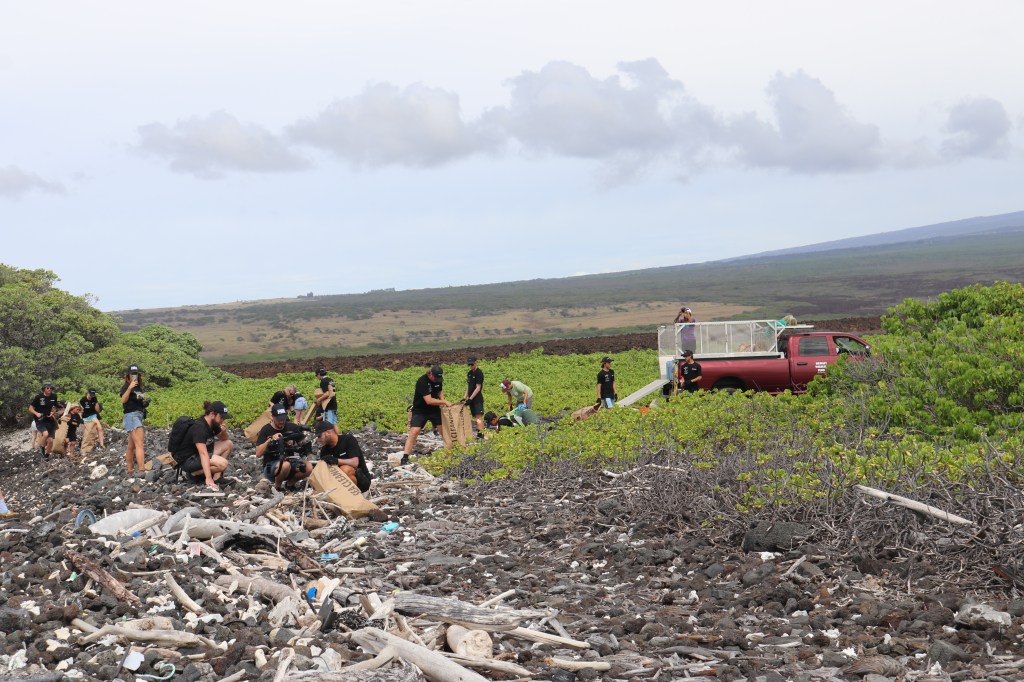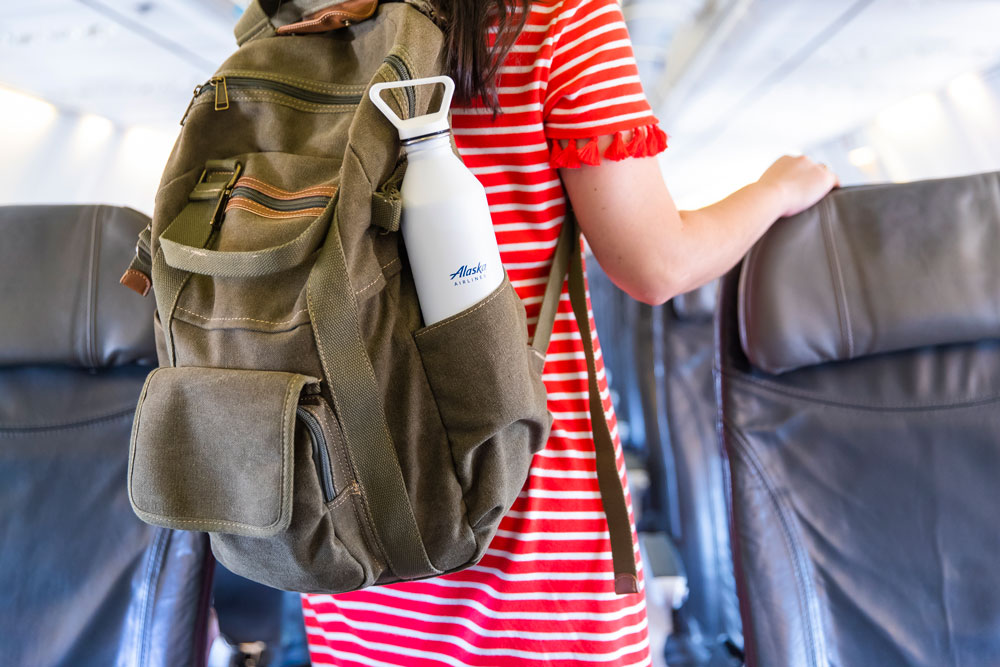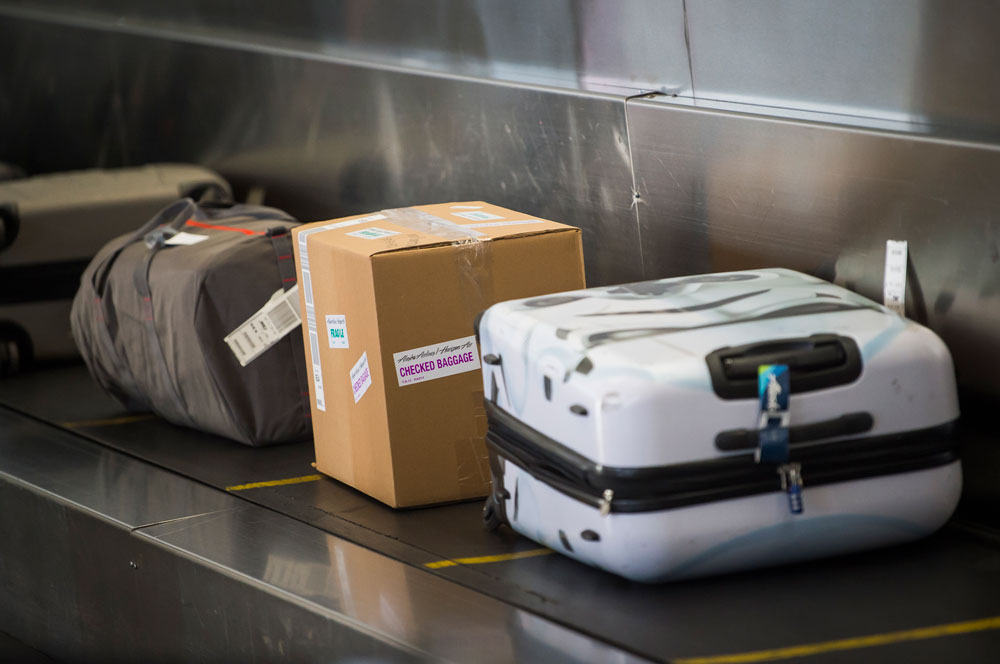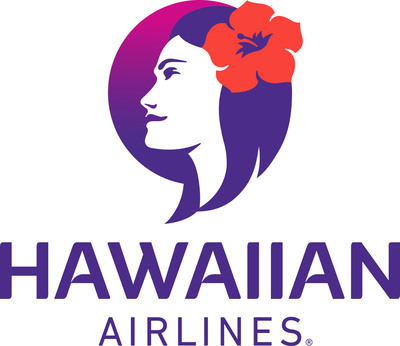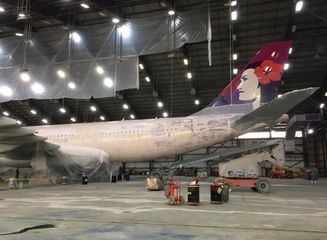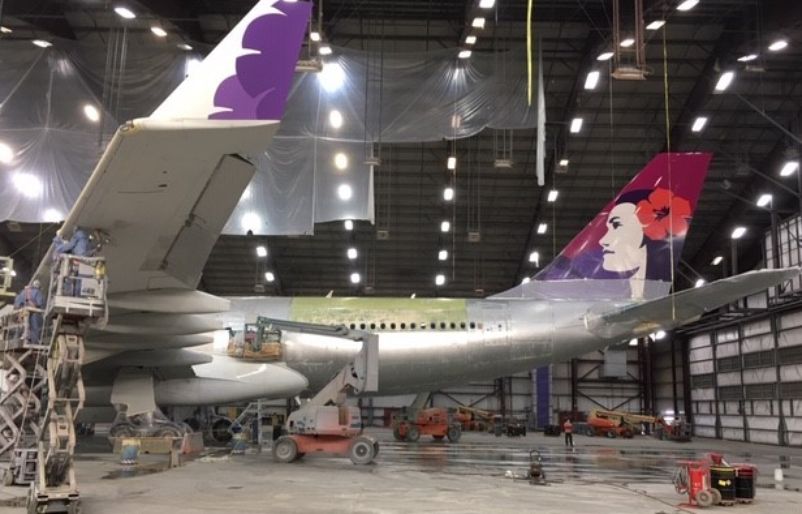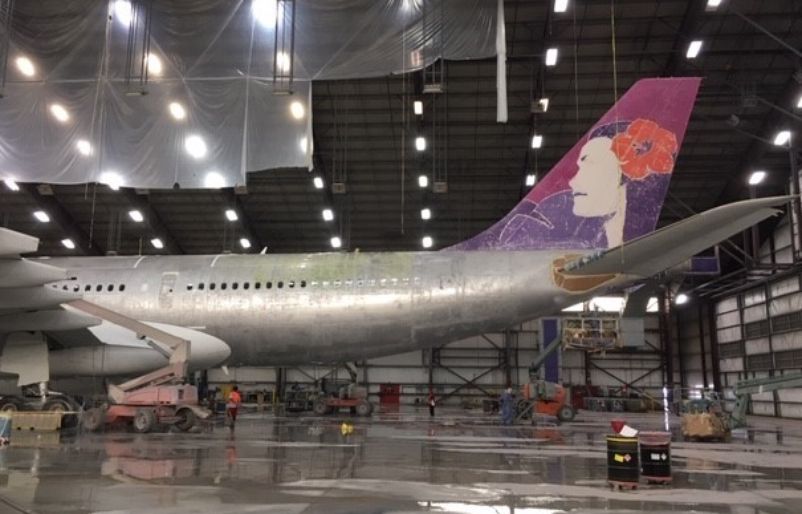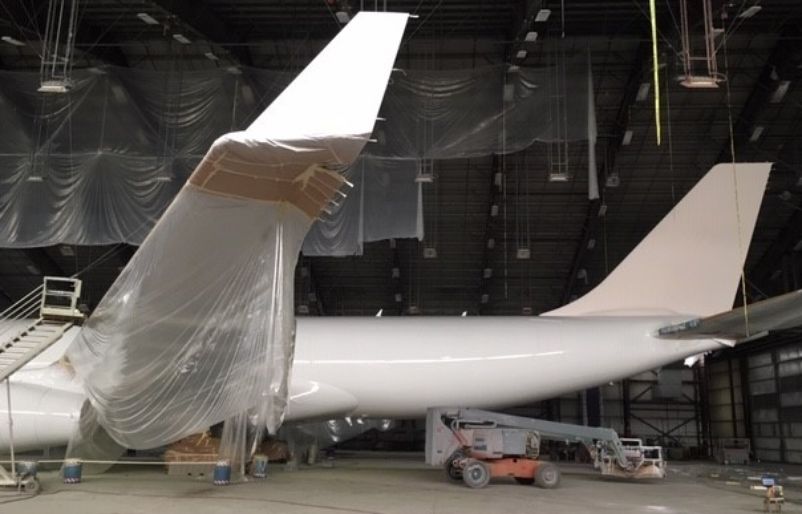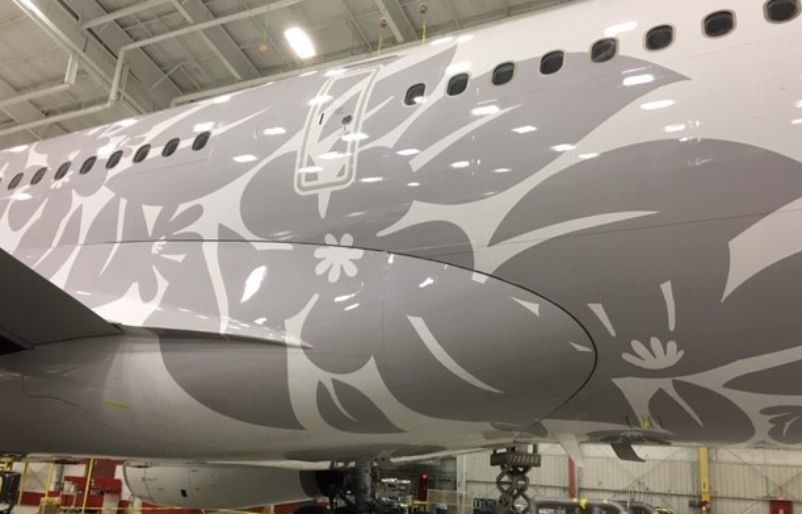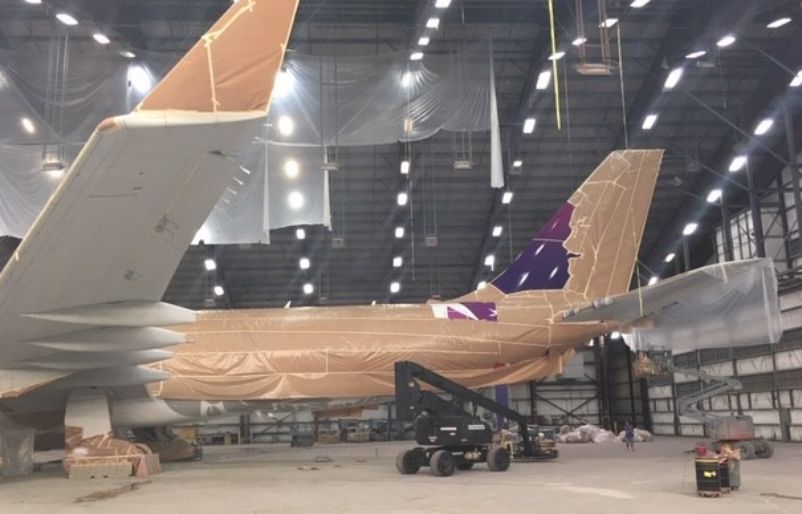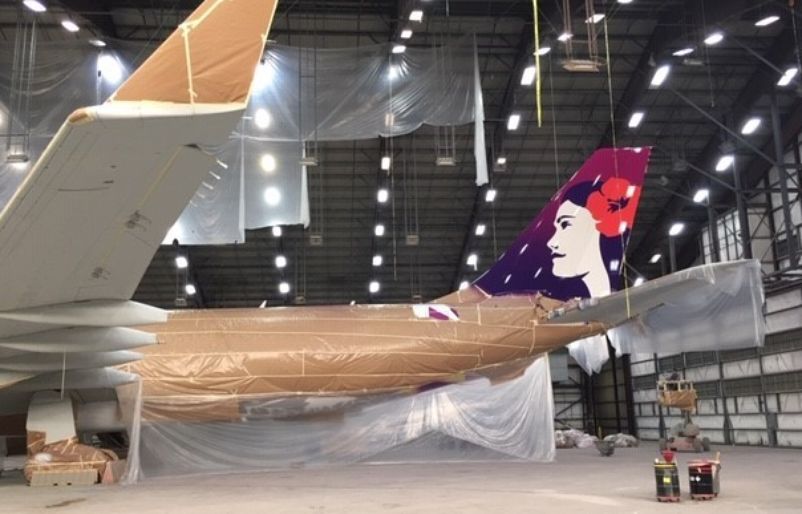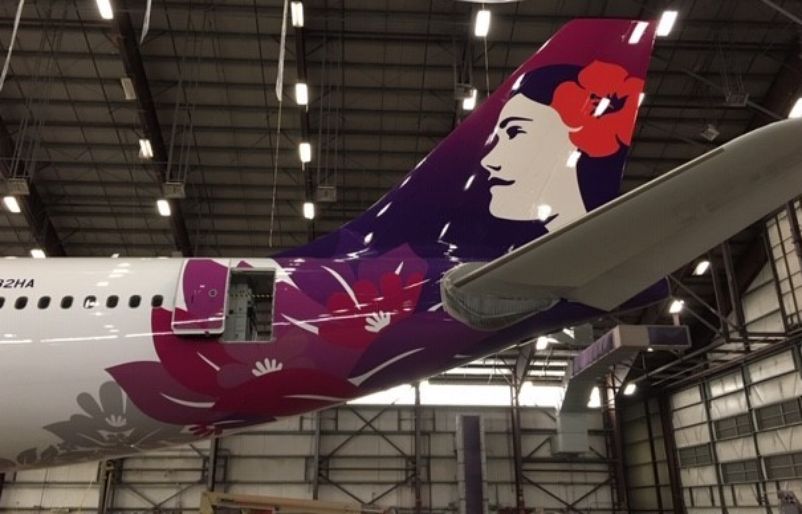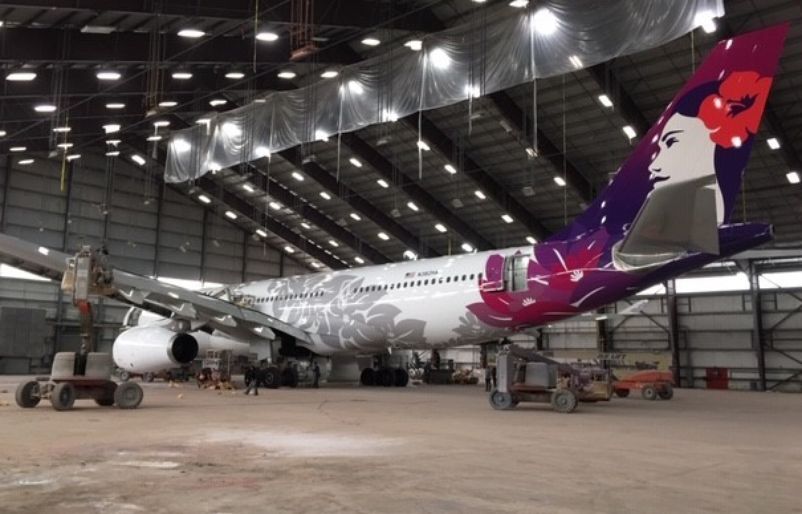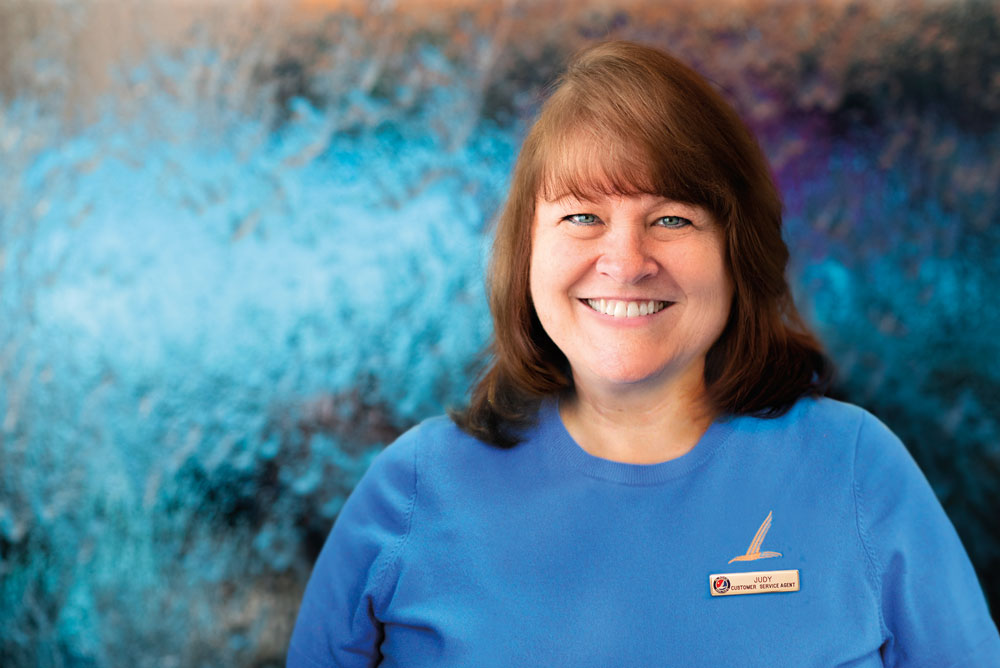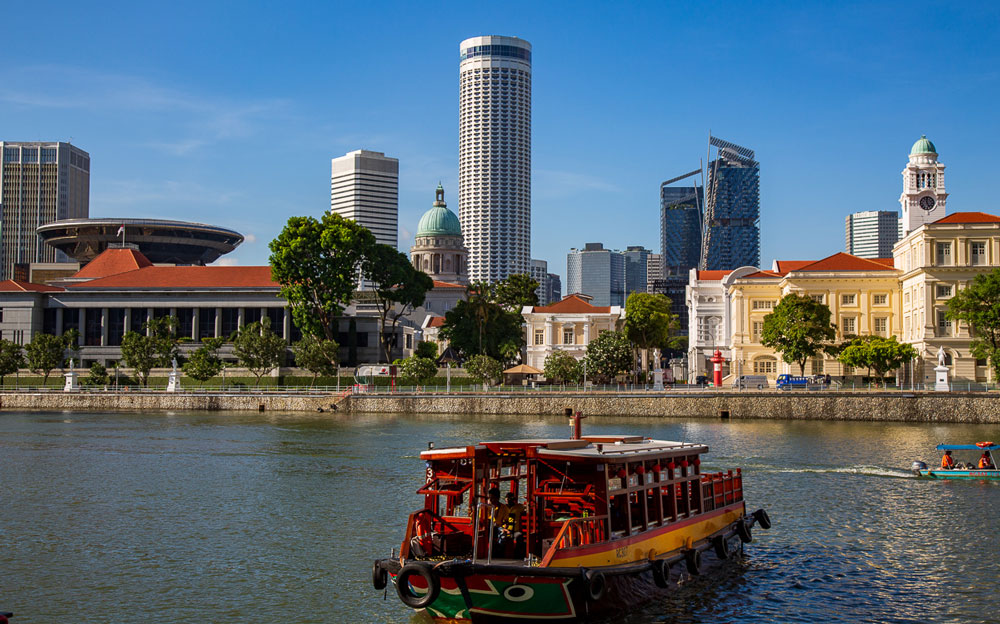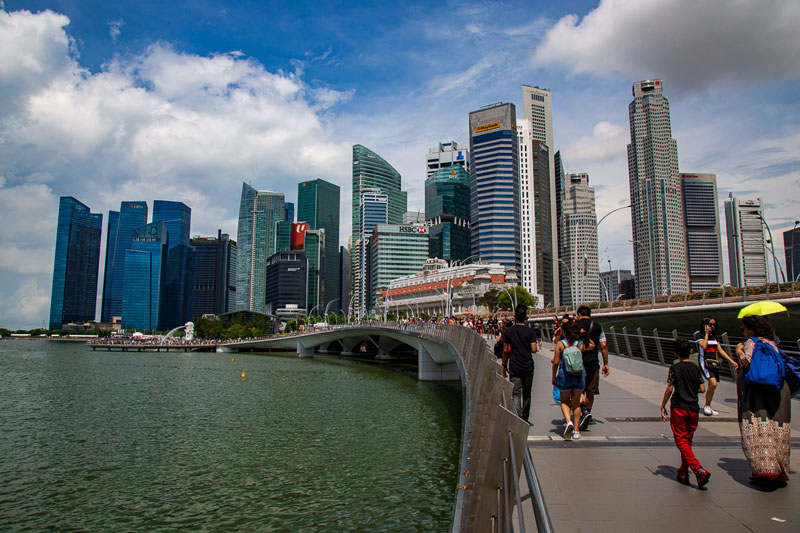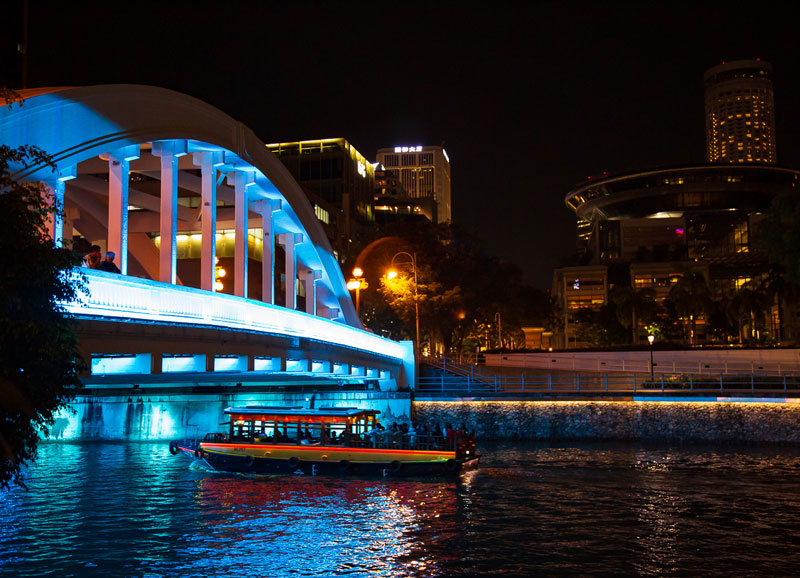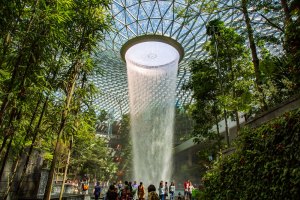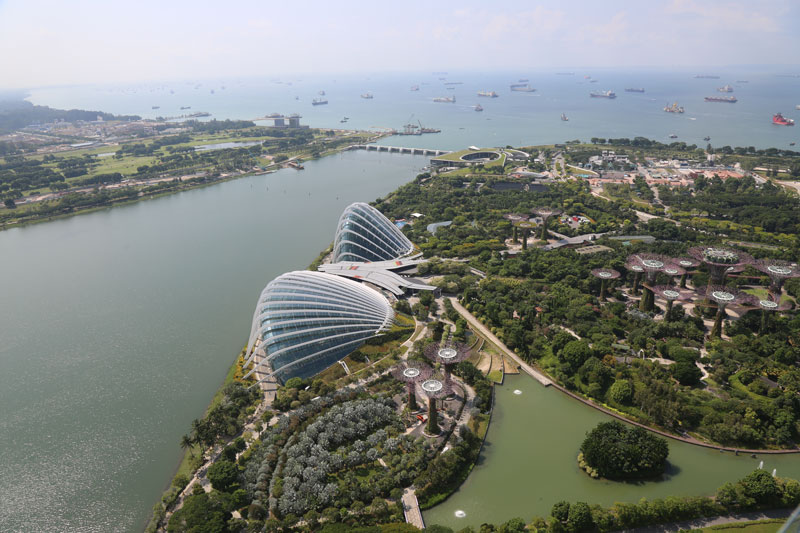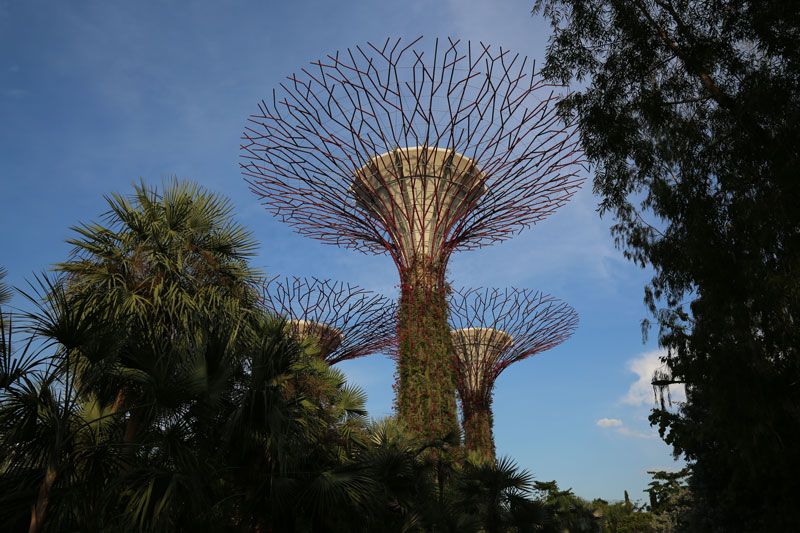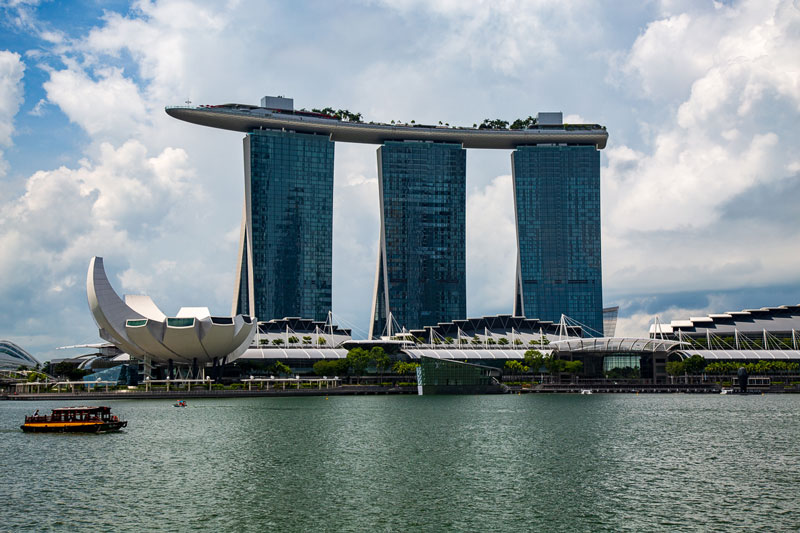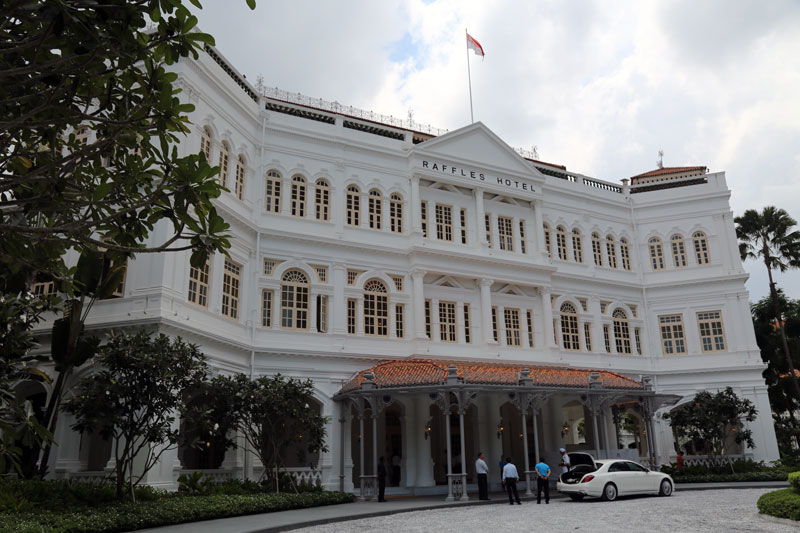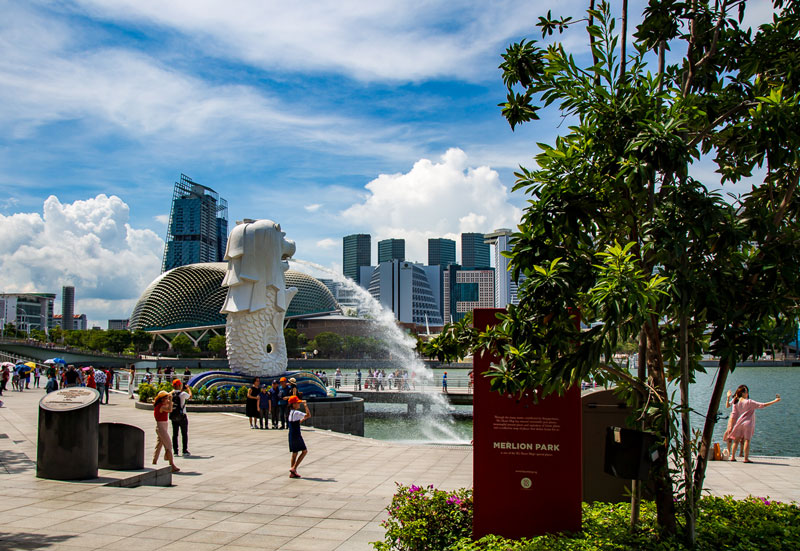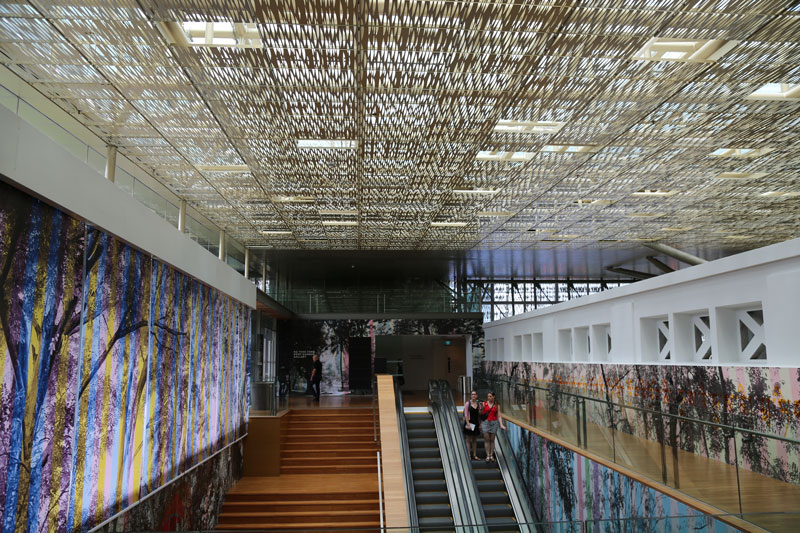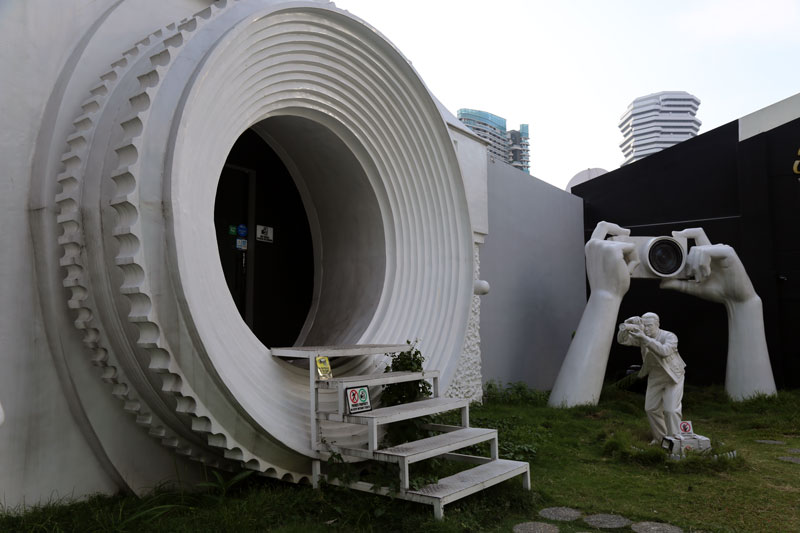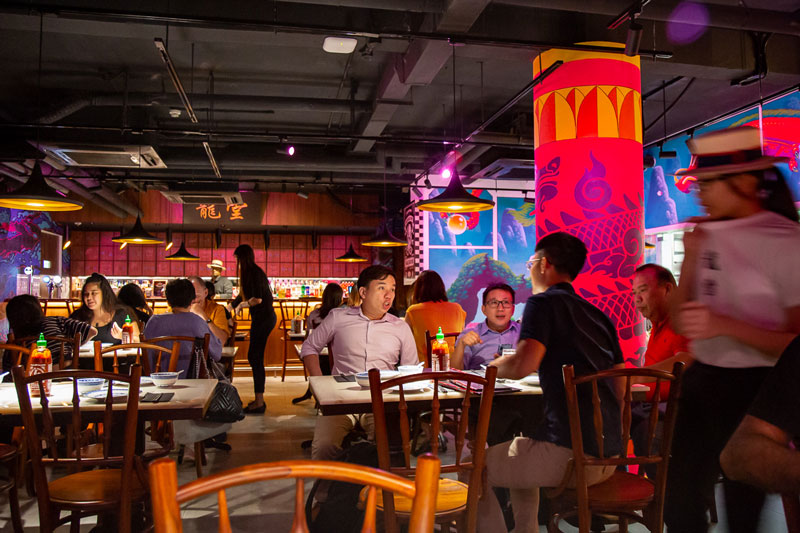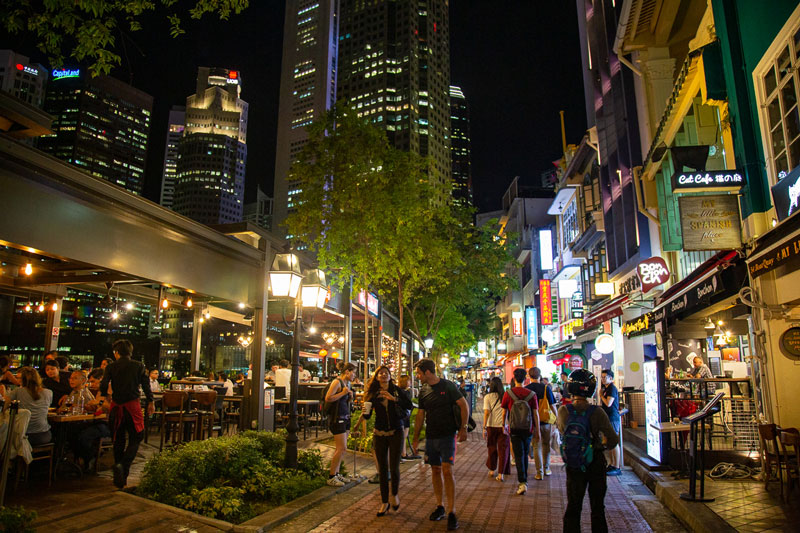Meet The Emmingers, A Family of Hawaiian Airlines Pilots
Share

The day he was born, Reid Emminger had already logged seven months of flight time in the cockpit. He was the son of two former Hawaiian Airlines pilots, who had raised him as much in the air as on the ground. Together, the three have built a long legacy of flying at Hawaiian Airlines, where the name ‘Emminger’ does not go unknown.
Today, Reid captains our new fuel-efficient, narrow-body Airbus A321neo aircraft on flights between the U.S. West Coast and Hawai‘i; his father, Richard Emminger, flew several aircraft types until he retired in 2004 as a Boeing 767 captain; and his mother, Sharyn “Sherry” Emminger-Dey, was our first female pilot in company history and retired as a McDonnell Douglas DC-9 captain in 1993. Their combined career journey embodies the challenges and evolution of our airline in the recent decades of our 90-year history.
Each one of them left a distinct mark at Hawaiian Airlines: Sherry broke through gender barriers; Richard, once told he would never become a captain, rose to the left seat of our wide-body, long-haul aircraft; and Reid, having built his life around his passion for flying, in 2009 joined a new era of aviators who now fly the most fuel-efficient aircraft of its type.
Today, Sherry lives in Ohio with her husband Paul; Richard lives on O‘ahu’s North Shore with his dog; and Reid is raising two children with his wife in the hills of Maui.
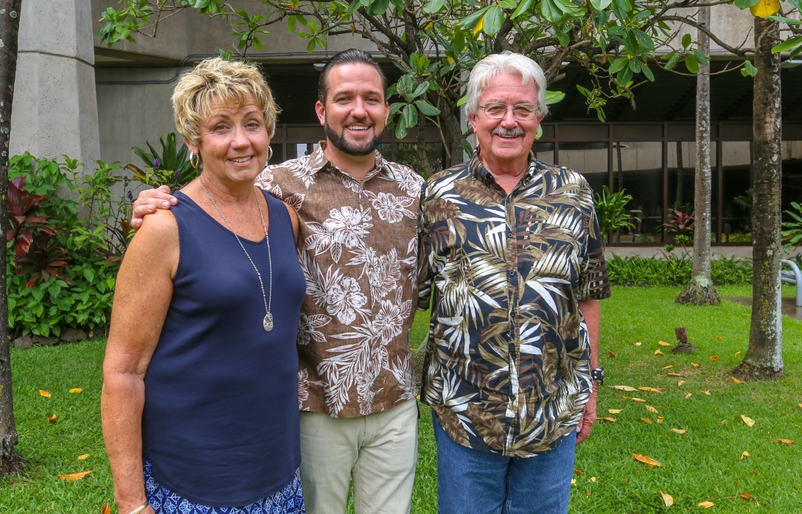
The Emmingers join countless multi-generational families at Hawaiian Airlines. With humble beginnings as a regional carrier, our airline now has global reach thanks to dedicated employees like Sherry, Reid and Richard. Becoming more curious about their story, I connected with Sherry and Reid and, as fate would have it, I learned the three of them were gathering on Maui to celebrate Reid’s son’s first birthday. They agreed to share their story, so I ditched my desk at our Honolulu headquarters and hopped on one of our flights to Kahului to listen to their incredible stories.
Meet Sherry Emminger-Dey, Retired DC-9 Captain
How did you develop your passion for flying?
Sherry: My dad was a private pilot when I was little, and I would go flying with him. When I got older, I learned that my grandfather had his own airplane and my grandmother learned to fly as she was carrying my dad. My maternal grandfather was actually one of the people who were up in the pylons at the Cleveland National Air Races, so that’s when I knew I was destined.
What led you to work for Hawaiian Airlines and become our first female pilot?
Sherry: I considered Hawaiian Airlines the peak once I got enough experience with flight instruction and flying cargo operations. In 1978, Hawaiian Airlines was looking for a female pilot, and I had the ATP (Airline Transport Pilot certification), a master’s degree, and a DC-3 type rating. I wasn’t going after the title of “First Female Pilot,” but that’s what happened.
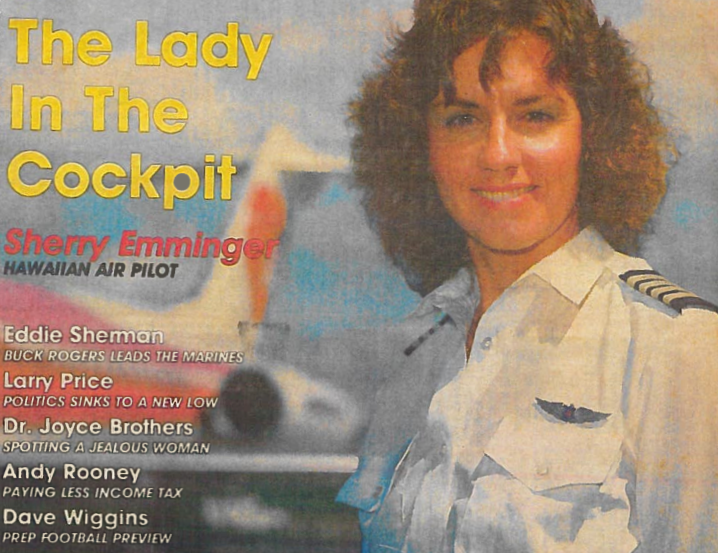
Richard: Sherry got her DC-3 type rating at the minimum amount of time, which is unheard of. In fact, we had to rent a plane for a week so she could fly at night and get the legitimate night hours when she was going for her ATP. She was going for a final interview with Western Airlines when she got the call from Hawaiian Airlines and was offered the job on the spot. Every milestone that Sherry hit, she hit in the minimum amount of time. She even had great stick-and-rudder skills – which Reid picked up. Hawaiian was lucky to pick her as the first woman because she represented the company with dignity, respect and could fly an airplane.
Sherry: Well, Richard was my flight instructor when I was first learning.
Were there any challenges you faced in your first year, being Hawaiian’s first female pilot?
Sherry: Normally when you would show up for your flight, you’d go to the terminal in shorts and a T-shirt and then change into your uniform. At that time, there were no locker rooms or bathrooms for women; during the day I would go line up with passengers at the airport bathroom. Months later, they eventually converted a utility closet in the pilot lounge into a women’s locker room.
There were several young pilots who had flown with women and didn’t have an issue with me being there. However, there were also several older pilots who were not okay with me being there, but I stayed focused and did my job.
Do you remember when they hired the next female pilot?
Sherry: When they hired the next female pilot, Karen Squires, I was on a ferry trip to pick up a Shorts aircraft in Europe. When I got back, they put us together and that was the first flight operated by an all-female crew in a U.S. scheduled airline. We weren’t notified, we just showed up to work and the president of the company and the chief pilot were there; they were nervous and talking to us about our trip to Moloka‘i.
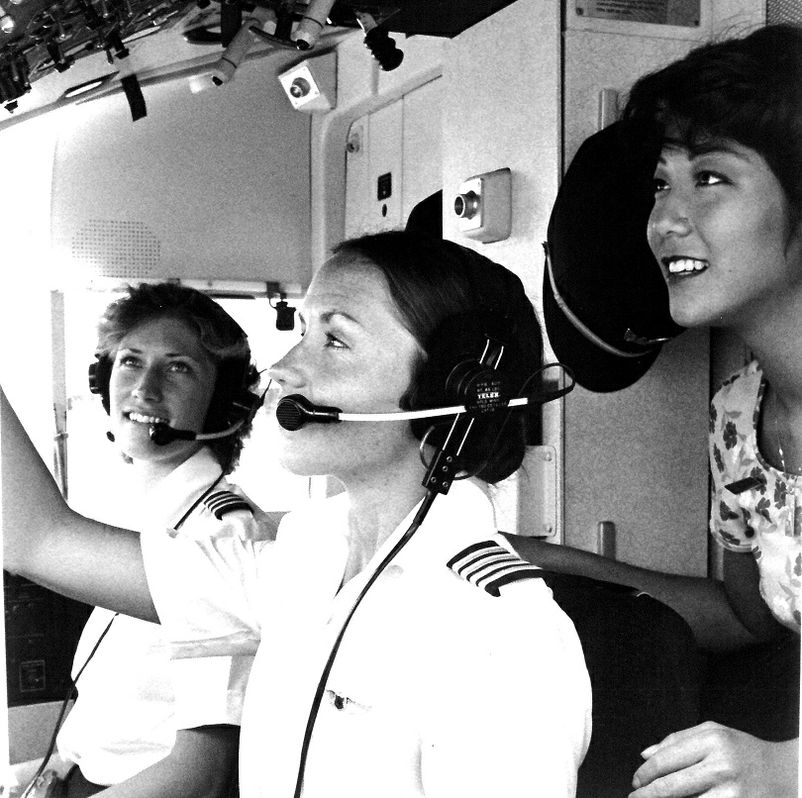
The TV crews were there right as we walked onto the airplane and the president was shaking our hands. The crew was even on the plane to film our landing and when we landed, everyone applauded. That was quite a day.
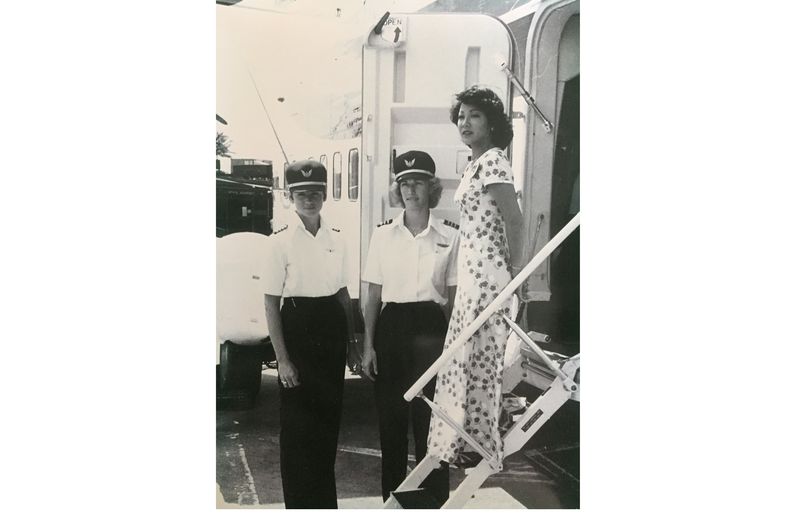
Meet Richard Emminger, Retired Boeing 767 Captain
How did you develop your passion for flying?
Richard: I got my taste of flying as a box boy in a supermarket in Santa Monica. The woman who owned the store had an airplane and part of our job was to go out and wash the airplane. Our reward was she would take us up and around the [airfield traffic] pattern. We polished it one time when she was entered into the Powder Puff Derby and that’s what sparked my interest in aviation.

I later went into the service, got out of the service and got my private pilot license. I moved to Hawai‘i, continued on the GI bill to get all of my ratings and started at Hawaiian Air Tour Service (HATS). Then I went on to fly cargo and commercial planes until I was lucky to get hired with Hawaiian; Sherry had already been hired years before.
What led you to work for Hawaiian and continue your career with us for two decades?
Richard: I had moved to Hawai‘i to live in Hawai‘i; it was my main goal when I was 25. I applied to Hawaiian Airlines, went through the process and the director of operations called me and asked if I would have a problem because my ex-wife worked there. I said no—we were still very amicable—and I got hired.
When I got hired [in 1988], Hawaiian was in a lot of turmoil with CEO turnover and debt. Pilots were leaving left and right. But I knew that once you get hired with an airline represented by ALPA (Air Line Pilots Association), you stayed with them because you never know what could happen in the future.
But when I was hired, I was told I would never be a captain with my low seniority. At that time, we were flying interisland with the DC-9s, and trans-pacific with DC-8s and a couple of Lockheed L-1011s, and leadership never thought anyone would leave because the company’s movement and the projection of expansion seemed promising. However, because of the downturn of the economy at that time, there was so much turnover that I eventually moved up a lot quicker than anyone would have imagined.
Today, I work for the Federal Aviation Administration as an aviation safety inspector and I often run into these pilots that left the company and every single one of them had regrets that they left Hawaiian. They thought, at the time, that they would be in a better position, but it didn’t happen. I have never run into a person that left Hawaiian Airlines for another job and did not regret it.
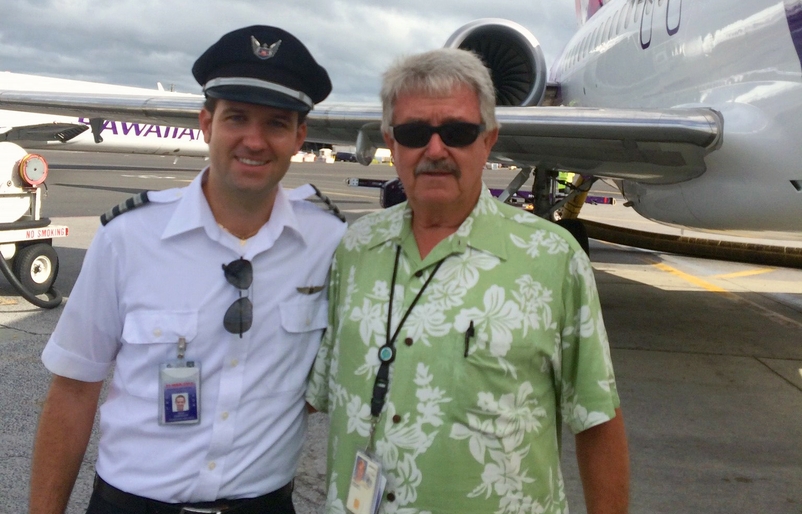
What was it like as a pilot working for Hawaiian as the company evolved into what it is today?
Richard: When I first got there, it was a little bit better than chaos. They were not planning well. On Neighbor Island flights, an airplane would fly seven to eight destinations a day, but a new crew would be put on after each roundtrip. That caused a delay to be built into the system and, the way they were flying it, we could never fly on time. Nobody seemed to be in charge to figure it out and it evolved when someone came in and changed it to where one crew stayed for their entire shift on one airplane. That brought [Hawaiian] a little more on time. Little things like that.
When Mark Dunkerley came in and made these sweeping changes, that’s when Hawaiian started coming together. All the decisions he was making at that time were correct and it shows today. I would have never thought they’d have 700-plus pilots, compared to when I started and there were around 350 pilots.
[Editor’s notes: Hawaiian today employees more than 800 pilots!]
Meet Reid Emminger, Airbus A321neo Captain
What was it like growing up with pilots as parents?
Reid: It was normal life. Everyone around us was a pilot. I hung out at the glider port a lot with pilots, who were all probably too salty (by nature) for the age that I was at. It really didn’t seem like an odd thing.

Did you ever fly with your parents or share memories in the aircraft?
Reid: I’ve taken each of them up in gliders when I was still trying to get my hours and flying as much as I could. My first flight after I got my pilot’s license when I was 16, my dad drove out and we put him in the back of a glider. We took off and cruised the ridges [of the Wai‘anae Mountain Range], and he didn’t even want to take the controls! That was a new thing.
We didn’t fly together as captain and first officer. When I was about 16, I did have the opportunity to sit in the jump seat on one of my dad’s roundtrip flights on a Boeing 717 to Maui and back. I had my glider’s license and that was the only way I was able to do that because I was technically a pilot. This was all before 9/11, so they were a little more relaxed with people in the flight deck.
After 9/11, I was getting my ratings and I was a dispatch intern at Hawaiian Airlines for the summer. I technically had a badge, so I could fly in the jump seat on his retirement flight to Las Vegas and back [to Honolulu].

[Editor’s note: Sherry flew her Hawaiian Airlines flights up until two months before she gave birth to Reid!]
How did you develop your passion for flying?
Reid: I grew up hearing all the stories about my [relatives] doing all this cool aviation stuff, so to me, it was all normal life. When I was 13, I earned flight lessons by sweeping rocks at Dillingham Airfield and my dad would sometimes say, “Hey, want to go for a flight?” No one ever pushed me into flying, but [going with him] was a good way to spark my interest.
One thing led to another and I started making good money flying gliders and giving tours at Dillingham Airfield when I was 18. The earliest way to get into aviation is through gliders (I think that’s still the case).

What does it mean to you that your mom was Hawaiian’s first female pilot?
Reid: I’m proud of her. It’s not easy to get to this level in aviation. You have to love it, have a passion for it and work your butt off. And with being the first female, she had to deal with so much stuff and no one thought she could do it until they flew with her. That’s when she got them off her back. My mother worked very hard until she was able to prove herself, one pilot at a time. It goes to show she had to be that much better.
What are your thoughts on continuing the family legacy at Hawaiian?
Reid: I’m proud to do it. It’s been my dream to work for Hawaiian since I can remember. It’s just what I wanted to do. Seeing how happy they were doing their jobs 98 percent of the time and the lifestyle Hawaiian Airlines affords. Even Neighbor Island flights, you can be home with your family every night. It’s a good gig.

Everybody who has met my parents at some point knows the name Emminger, and with that automatically comes a set of expectations. It’s a small aviation world, especially in Hawai‘i, but it’s fun to be a part of a legacy in a way that people I fly with (and sometimes their parents) know them.
Any lessons you’ve learned from your parents that you carry into your career as an A321neo captain?
Reid: I’ve tried to extract as much wisdom as I can from both. When you’re dealing with all kinds of issues in the aviation world, it’s nice to have somebody to bounce ideas off and get solicited, and unsolicited, information.
Have your children also shown an interest in the career? Do you hope one day they will follow their footsteps?
Reid: I have a one-year-old son and a three-year-old daughter now. My three-year-old, she loves Pualani. Every time we fly, and she sees our plane, she says, “there’s papa’s Pualani!” She likes airplanes but I’m not going to push my kids. They have to have a passion for it. If they want to go up in an airplane and then get bit by the bug, then we’ll go full throttle. Unless there’s a passion for it, there’s no point in forcing them into it because you have to love it and love all of the work you put into it.
